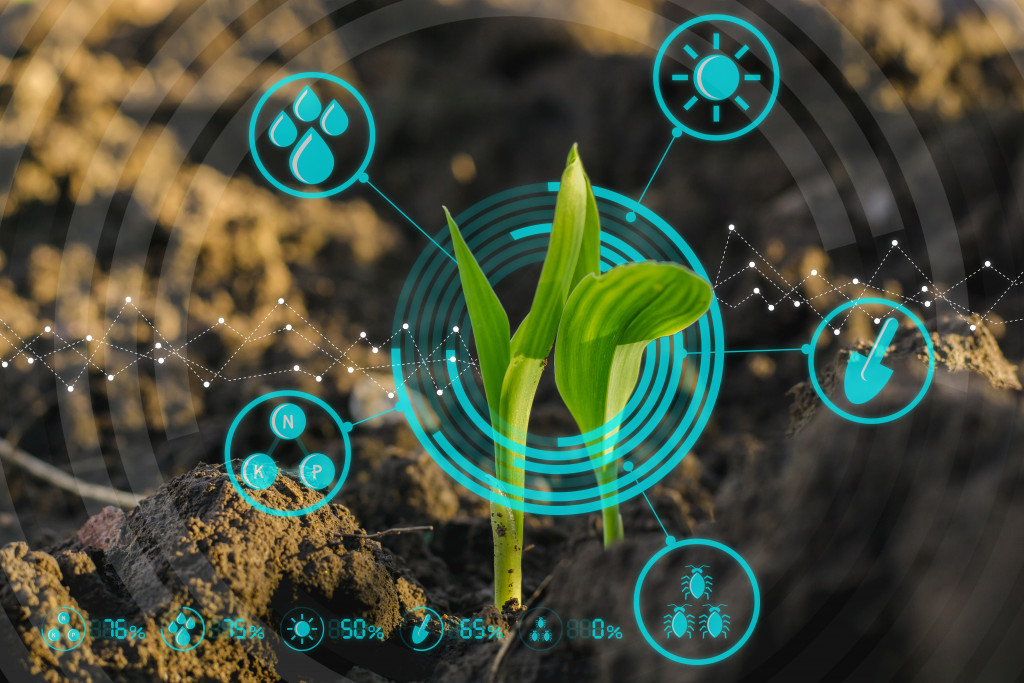You might not think that technology and the environment go hand-in-hand, but you’d be surprised. A growing movement of “green tech,” or environmentally friendly technology, is helping us to live more sustainably. This blog post will explore how technology is being used to help the environment.
1. Renewable Energy Sources
One of the most important ways that technology is helping the environment is by providing us with alternative sources of energy that don’t rely on fossil fuels. Solar panels, wind turbines, and hydroelectric dams are all renewable energy sources becoming increasingly prevalent as technology improves.
Not only are renewable energy sources better for the environment, but they’re also becoming more cost-effective as well. This means that more businesses and individuals are opting for green energy solutions, leading to a decrease in carbon emissions. No matter where you live, a renewable energy option will likely be available.
2. Electric Vehicles
Another area where technology is having a positive impact on the environment is in the realm of transportation. Electric vehicles are becoming increasingly popular, thanks partly to battery technology advances. Electric vehicles produce zero emissions, which means they don’t contribute to air pollution.
What’s more, electric vehicles are often cheaper to operate than traditional gas-powered cars. The government even offers a tesla tax credit for those who purchase electric vehicles, encouraging consumers to make eco-friendly choices. So if you’re in the market for a new car, consider going electric.
3. Smart Buildings and Homes
Technology is also helping to improve the sustainability of buildings and homes. Smart thermostats, for example, can monitor and adjust a building’s temperature based on usage patterns, leading to more efficient energy usage. Building materials made from recycled materials are becoming more common, as well as construction techniques that minimize waste and maximize energy efficiency.
Moreover, the Internet of Things (IoT) has enabled individuals to remotely monitor and control their home’s energy usage. IoT devices can help homeowners conserve energy and live more sustainably, from adjusting the thermostat to turning off lights.

4. Recycling and Waste Management
Technology is also helping us to recycle more effectively and manage our waste more sustainably. For example, there’s a growing trend of “upcycling,” which is the process of repurposing waste materials into new products.
This helps to reduce the amount of waste that ends up in landfills. Additionally, many apps and websites now make it easy for people to find recycling centers near them to recycle their waste properly. Not only that, but technology is also helping to improve waste management processes in general, leading to more efficient and environmentally friendly waste disposal.
5. Agricultural Technology
With a growing global population, finding sustainable solutions for food production is more important than ever. Fortunately, technology is helping to improve agricultural practices and make them more eco-friendly. Precision agriculture involves using technology, such as drones and sensors, to monitor crop growth and inform farming decisions.
This can help farmers use resources more efficiently, minimize the use of harmful chemicals, and improve crop yields. In addition, hydroponic farming systems use technology to grow crops without the need for soil, resulting in a smaller carbon footprint and less water usage. So the next time you buy produce, look for options incorporating technology and sustainable farming practices. This helps support the future of environmentally friendly food production.
6. Environmental Monitoring
Lastly, technology is helping us to better monitor and understand the environment. Sensors and drones can gather data on things like air and water pollution, climate change, and wildlife populations. This information is crucial for understanding and addressing environmental issues. Here are some examples of how technology is being used to monitor the environment:
- In the Arctic, drones are collecting data on melting sea ice
- Satellite imagery is helping scientists track and predict natural disasters
- GPS collars track wildlife migration patterns
With this information, people can make informed decisions about how to protect and preserve the planet. Overall, there are many ways in which technology is helping to improve and protect the environment. From transportation to agriculture, it’s clear that incorporating technology into our daily lives can lead us toward a more sustainable future.
Technology isn’t just about gadgets and gizmos; it can also be used to help make our world a cleaner and greener place. From renewable energy sources to electric vehicles to recycling and waste management, there are many ways that technology is helping us to live more sustainably. So next time you consider upgrading your phone or buying a new car, keep in mind how your purchase might impact the environment—in a good way!


